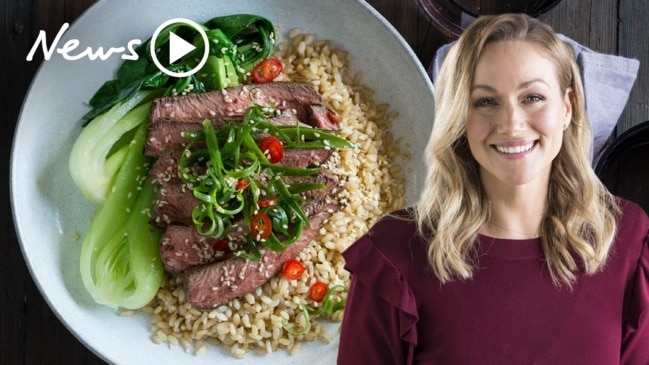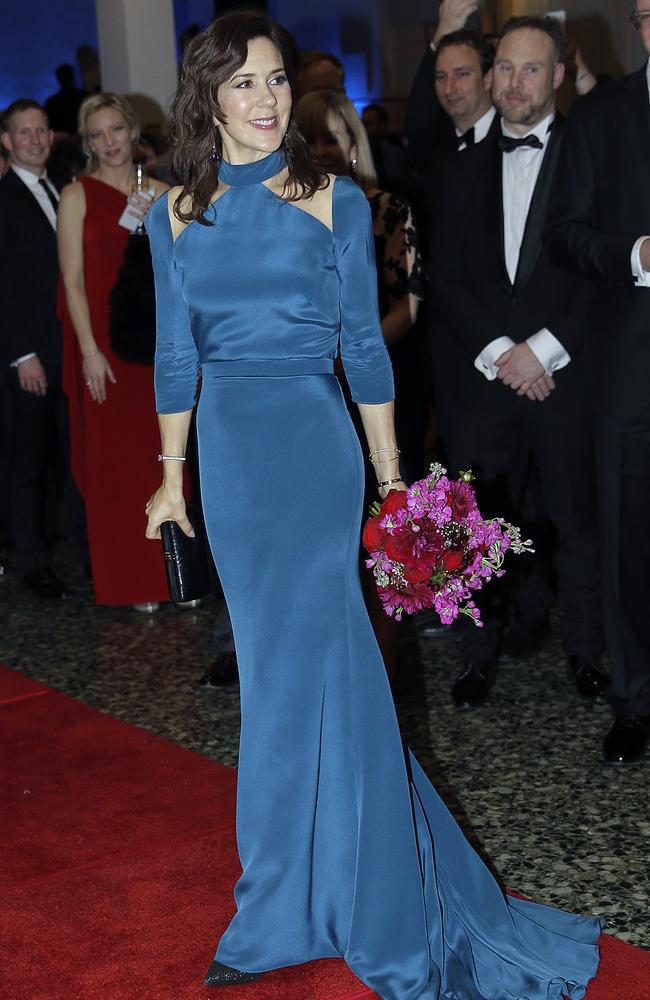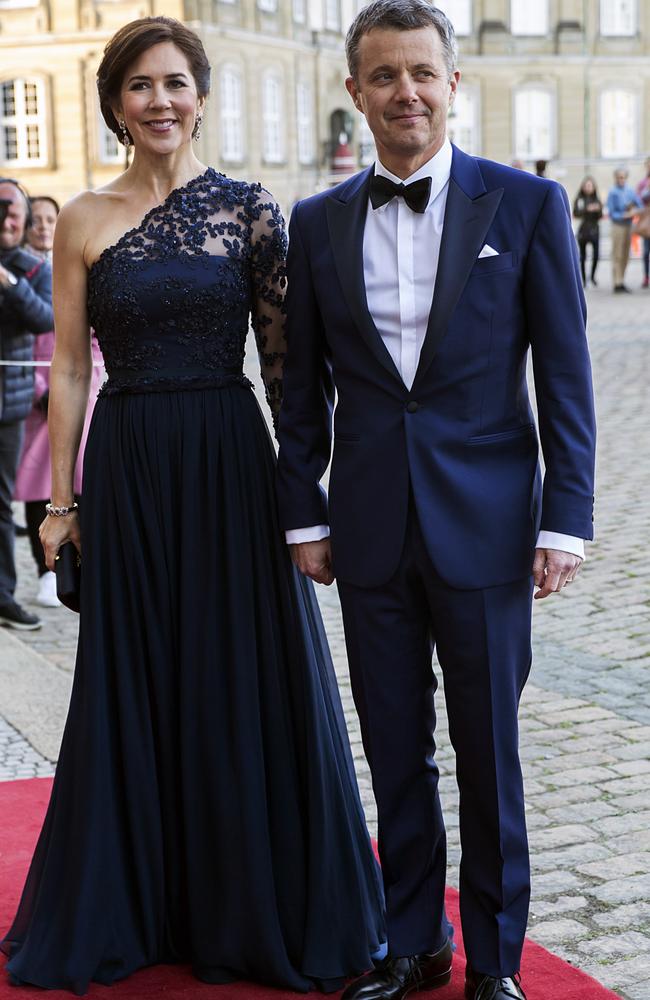The diet that helps keep Princess Mary fit
She always looks enviously fit and healthy and it seems her diet could hold the clues to Princess Mary’s ageless beauty.

If you follow the royal life of Crown Princess Mary, chances are you will have noticed she appears fitter and leaner each and every year, despite having four children and approaching the age of 50.
How on earth does she do it?

While some sources claim Princess Mary is a fan of the keto diet, other reports suggest she is simply a fan of plenty of exercise and a wholesome Danish diet.
A closer look at the Scandinavian diet shows people living in Denmark, Sweden and Norway, have a much lower intake of carbohydrates and higher intake of good fats and proteins, which could somewhat explain Mary’s gradual transition to the exceptionally lean and toned look she has now.
And while there are plenty of Danish pastries in the diets of Danes, there are also loads of veges, nuts, seeds, berries and oily fish that Princess Mary is much more likely to be tucking into. So if you want to eat like a Dane, here are foods to build your diet on.
Black bread
The Scandinavian diet does not exclude bread or carbohydrates- rather the carbs they do include tend to be much lower in carbohydrates overall than the white breads, rice and pasta Westerners tuck into. In the case of bread, the go-to loaf is a heavy slab of Rye or black bread.
Exceptionally rich in fibre, seeds and grains the small amount of carbohydrate found in this type of bread has a very low GI, meaning it releases glucose into the bloodstream relatively slowly.
In turn, insulin levels are kept tightly controlled and appetite and weight control are both supported as this type of bread is difficult to overeat. Specifically the Danes are also fans of a type of open sandwich known as a smørrebrød, which typically features meat, cheese and plenty of salads, with far less bread than a typical sandwich we would serve ourselves here.

Omega 3 rich fish
While game meats do frequent the menus in Scandinavian countries, fish too plays a central role and specifically it is deep sea cold fish including herring, mackerel and sardines that significantly boost the omega 3 intakes of people living in this part of the world.
Fish is often enjoyed at every meal, often boosting the protein content of both breakfast and lunch and a high intake of omega 3 fats is associated with healthier hearts and reduced inflammation in the body overall.
When it comes to weight control, quite possibly it is the high fat content of the Scandinavian diet that helps to boost fullness at each meal, in turn supporting calorie control.
Potatoes and more potatoes
While potatoes often cop a beating here in Australia, they are a firm staple in the diet of Danes as are all root vegetables including parsnips, sweet potato and turnips which thrive in cold temperatures and form a base to the warming casseroles, stews and soups that frequent the menu of these cooler climate countries.
While these starchy vegetables are often considered heavy choices, when compared to pasta, rice and other popular refined carbohydrates, they are much higher in fibre and nutrients with fewer carbs than a big plate of pasta or a rice based meal.

Goat’s milk and cheese
The approach to dairy is slightly different in Scandinavia with dairy often consumed via cultured yoghurts and drinks including quark, which we are now learning are exceptionally good for keeping our gut healthy.
Much sourer than sweetened dairy yoghurts, these fermented products are generally higher in protein and exceptionally low in sugars, adding calcium into the diet minus the extra calories. Goat’s milk and cheese are also popular, and types of goat’s cheese are often served with the breakfast meal again adding protein and calcium with less fat than cheddar and creamy cheeses we often choose as our cheeses of choice.
Nuts, fruit and seeds
With a focus on three square meals a day, snacking on processed bars, biscuits and cakes is far less common in Scandinavian countries (with the exception of the Danish pastry of course) and instead natural whole foods including local berries, nuts and seeds are added to the diet throughout the day. Nuts and seeds in particular are low in carbohydrates and again add a dose of extra protein and good fat to keep the overall profile of this diet relatively low in carbs, helping those who follow it to keep leaner and healthier long term.
Susie Burrell is a nutritionist. Continue the conversation on Twitter @SusieBDiet





